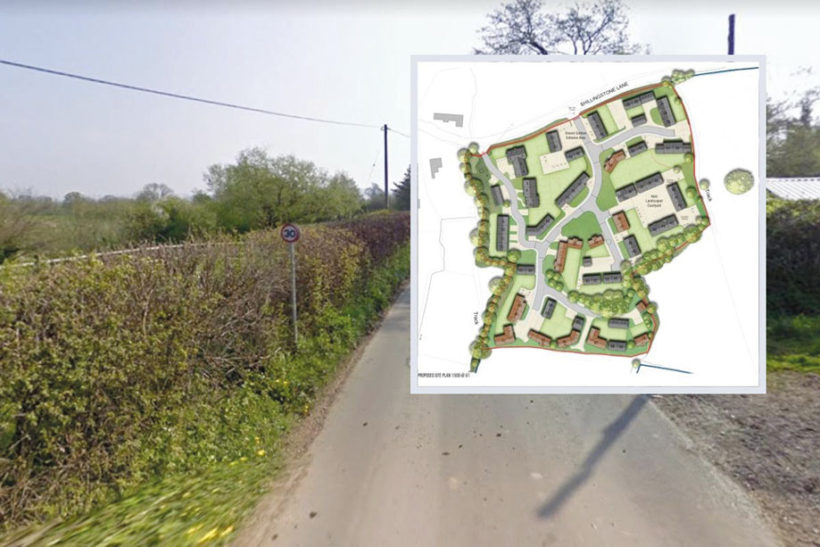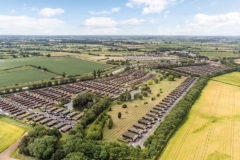A plan to create a new park home development on the site of the former Wessex manufacturing facility in Dorset have floundered. We learn more…
Plans to site 70 residential park homes on the former Wessex Park and Leisure Homes industrial site at Okeford Fitzpaine, in Dorset, have been refused.
The outline proposal would have included the demolition of buildings on the Shillingstone Lane site.
An ‘in principal’ application for the three-hectare site was first lodged with Dorset Council by Okeford View Ltd in May 2021.
The site was used by Wessex before the company was bought up by Omar Group in 2013. Since then, Wessex homes have been manufactured at Omar’s manufacturing facility at its headquarters in Brandon, in Suffolk.
A number of objections were lodged in response to the application. Shillingstone Parish Council said the lane was unsuitable for the volume of traffic, that the new homes would put further pressure on the school in Okeford Fitzpaine, the sewage system and add to the risk of flooding.
‘The scheme provides for 70 market houses only – there is no provision for any affordable or social housing – the development would do nothing to serve the housing needs of local people and will only serve the interests of the developers,’ said the council in its statement to Dorset Council.
Okeford Fitzpaine Parish Council said it would prefer the site to remain for employment use and claimed there was no need for further homes in the area with 120 additional dwellings planned, on top of the recently completed Old Dairy site of 37 homes.
The parish also raised concerns about traffic and claimed that the, isolated, site was unsustainable and would mean everyone living there having to travel by car.
It also said that the development, if allowed, would blur the distinction between neighbouring villages ‘with the inevitable consequence of Okeford Fitzpaine and Shillingstone merging into a suburban blot on the landscape’.
A Dorset Council planning exercise concluded: ‘The proposed erection of 70 dwellings located in the countryside would result in an unsustainable form of development with limited access to local services, inadequate provision for pedestrian and cyclist access and inadequate transport choice for future occupants.’



